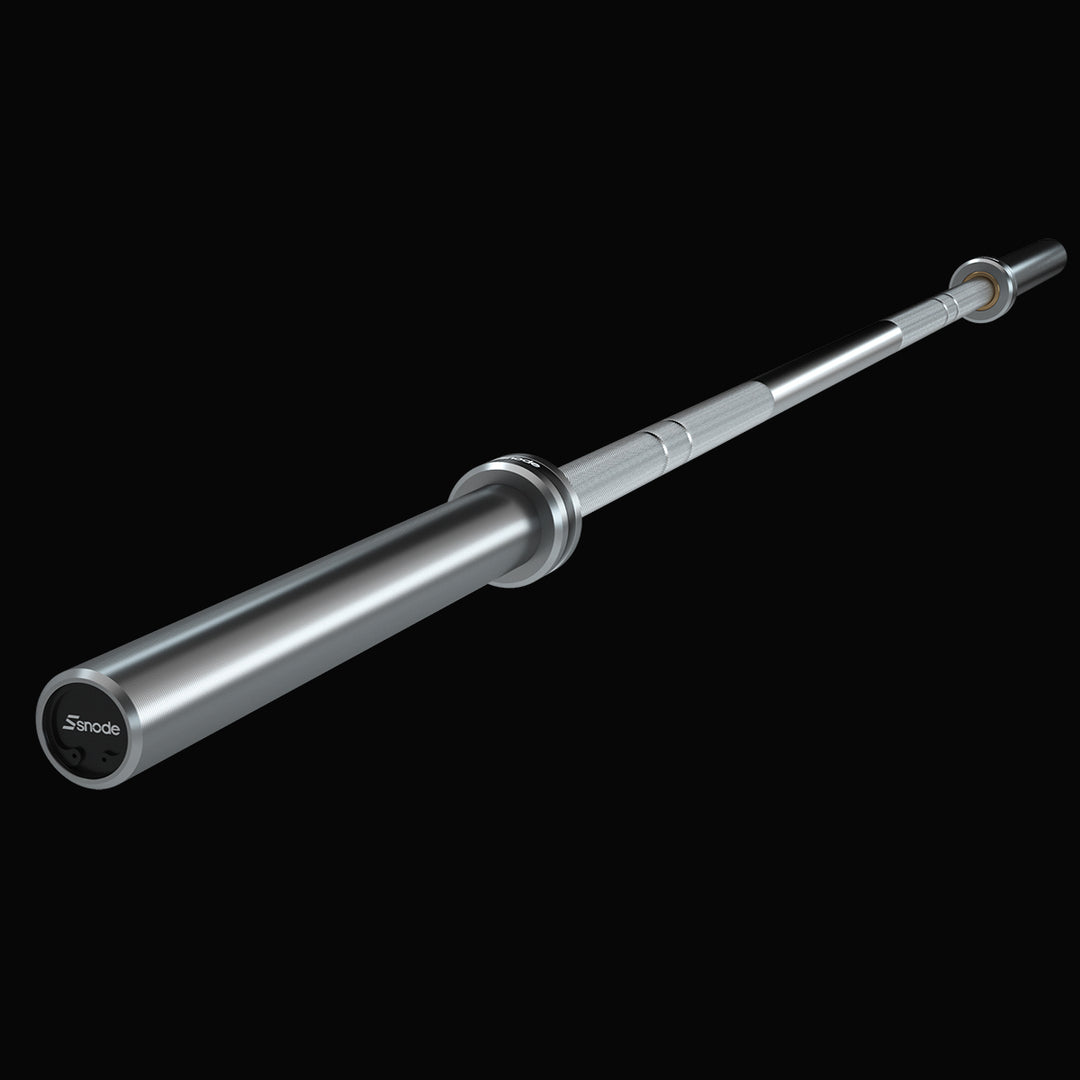Choosing the right 28mm bar for your industrial needs can be a daunting task, given the myriad of options available in the market. Whether you are in manufacturing, construction, or any other industry that requires robust and reliable materials, understanding the nuances of selecting the appropriate 28mm bar is crucial. This guide will walk you through the essential considerations to help you make an informed decision.

Understanding Material Composition
The first step in selecting the right 28mm bar is understanding the material composition. Bars can be made from various materials, including steel, aluminum, and titanium. Each material has its unique properties and suitability for different applications. For instance, steel bars are known for their strength and durability, making them ideal for heavy-duty construction projects. On the other hand, aluminum bars are lightweight and resistant to corrosion, making them suitable for aerospace and automotive industries.
Evaluating Mechanical Properties
Another critical factor to consider is the mechanical properties of the 28mm bar. These properties include tensile strength, yield strength, and hardness. Tensile strength refers to the maximum stress a material can withstand while being stretched or pulled. Yield strength is the stress at which a material begins to deform plastically. Hardness measures the resistance of the material to deformation. Depending on your industrial needs, you may prioritize one property over the others. For example, if you require a bar that can withstand high stress without breaking, you should look for one with high tensile strength.
Considering Environmental Factors
Environmental factors play a significant role in determining the suitability of a 28mm bar for your industrial needs. Factors such as temperature, humidity, and exposure to chemicals can affect the performance and longevity of the bar. For instance, if your application involves exposure to high temperatures, you should choose a bar made from materials that can withstand thermal expansion and contraction. Similarly, if the bar will be exposed to corrosive environments, selecting a corrosion-resistant material like stainless steel or coated aluminum is advisable.
Assessing Cost and Availability
Cost and availability are practical considerations that cannot be overlooked. While it is essential to choose a bar that meets your technical requirements, it is equally important to ensure that it fits within your budget. Additionally, the availability of the material can impact your project timelines. It is advisable to work with suppliers who can provide consistent quality and timely delivery of the 28mm bars. Balancing cost with quality and availability will help you achieve optimal results for your industrial applications.
Examples of Applications
To illustrate the importance of choosing the right 28mm bar, consider the following examples:
- Construction: In construction, steel bars are often used for reinforcing concrete structures. The high tensile strength and durability of steel make it an ideal choice for this application.
- Aerospace: Aluminum bars are commonly used in the aerospace industry due to their lightweight and corrosion-resistant properties. These bars are essential for manufacturing aircraft components.
- Automotive: Titanium bars are used in the automotive industry for high-performance parts that require a combination of strength and light weight.
By understanding the specific requirements of your industry and application, you can make an informed decision on the right 28mm bar to use.
Conclusion
Choosing the right 28mm bar for your industrial needs involves a careful evaluation of material composition, mechanical properties, environmental factors, and cost considerations. By taking these factors into account, you can ensure that you select a bar that meets your technical requirements and fits within your budget. Whether you are in construction, aerospace, automotive, or any other industry, the right 28mm bar can significantly impact the success and efficiency of your projects.
We hope this guide has provided you with valuable insights into how to choose the right 28mm bar for your industrial needs. Remember, the key to making the best choice lies in understanding your specific requirements and the properties of the materials available to you.





